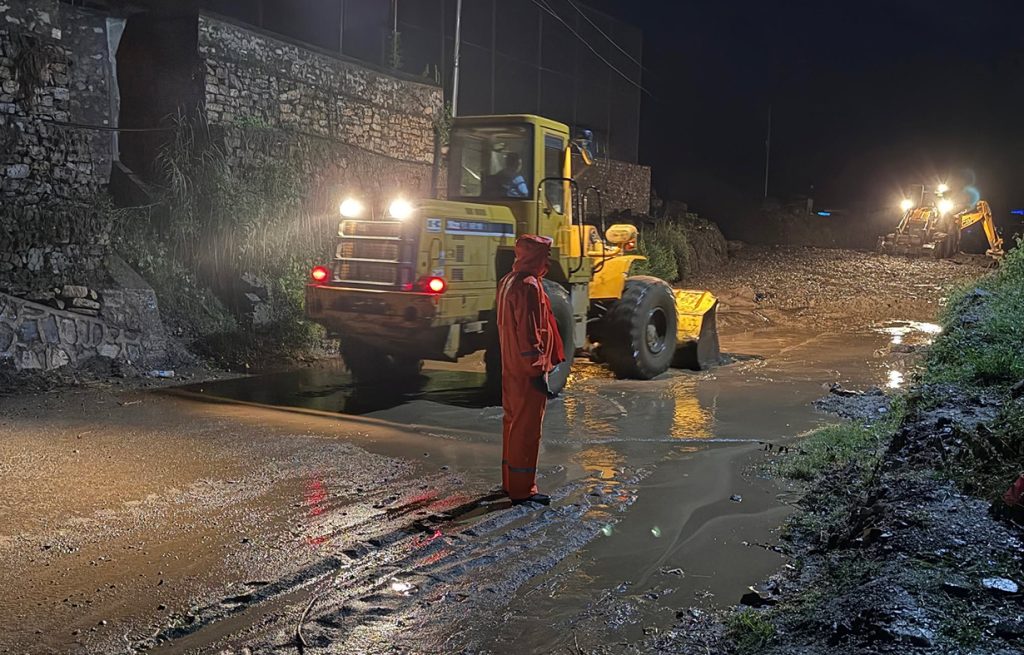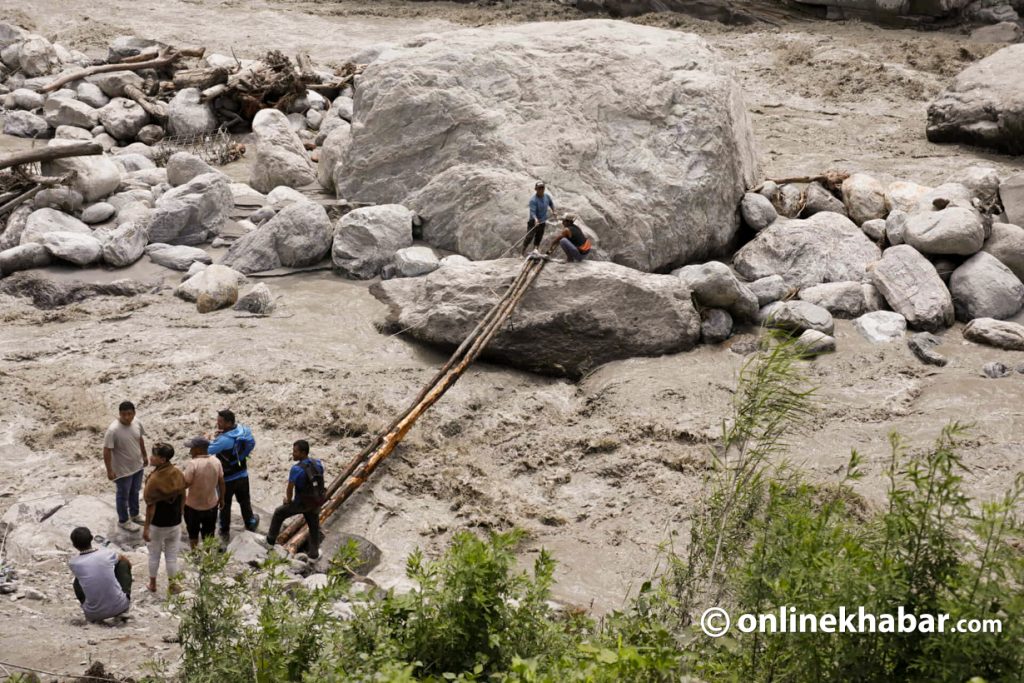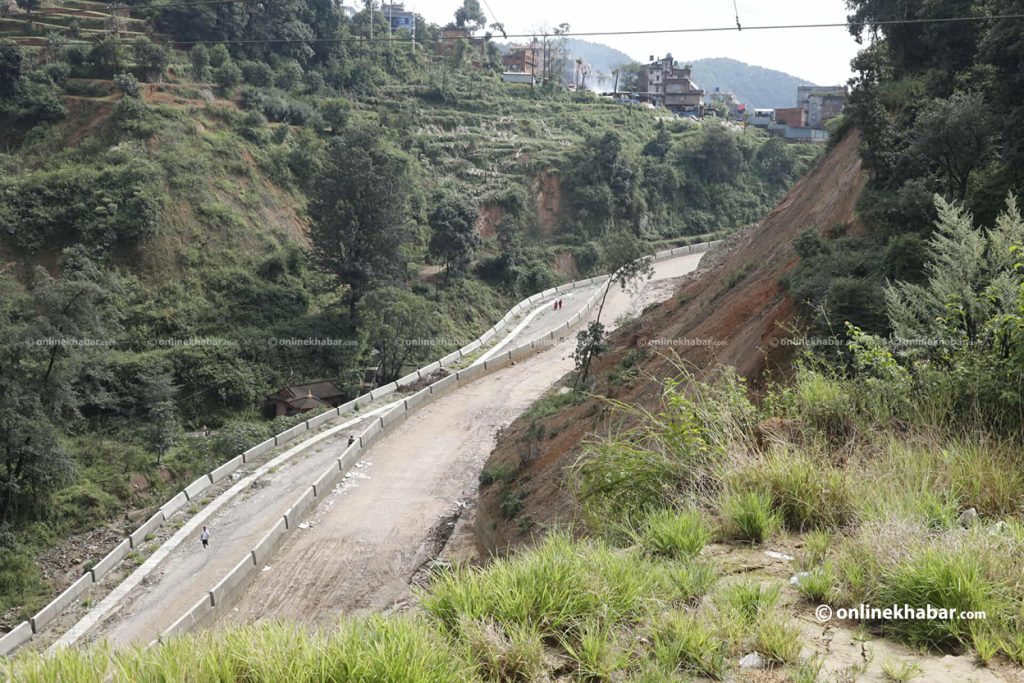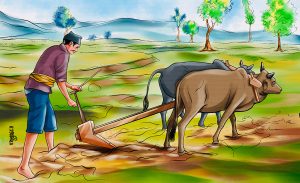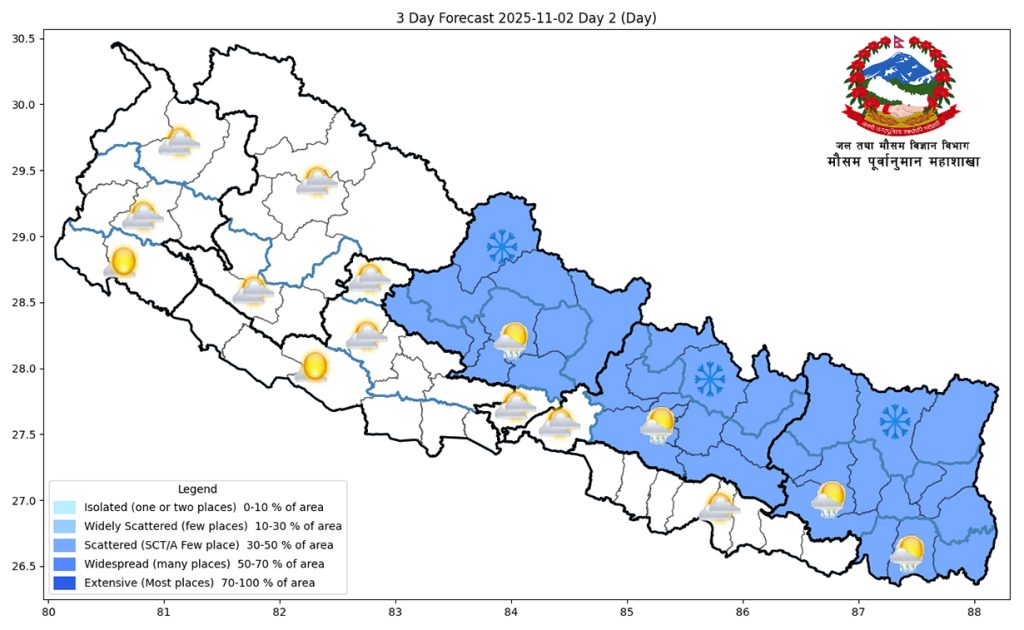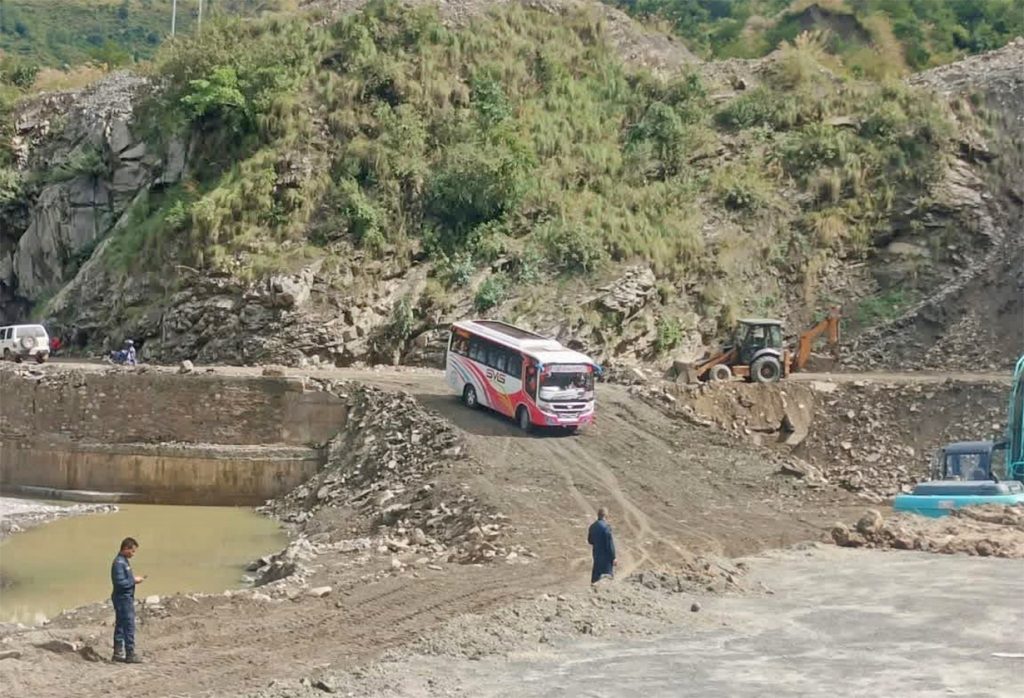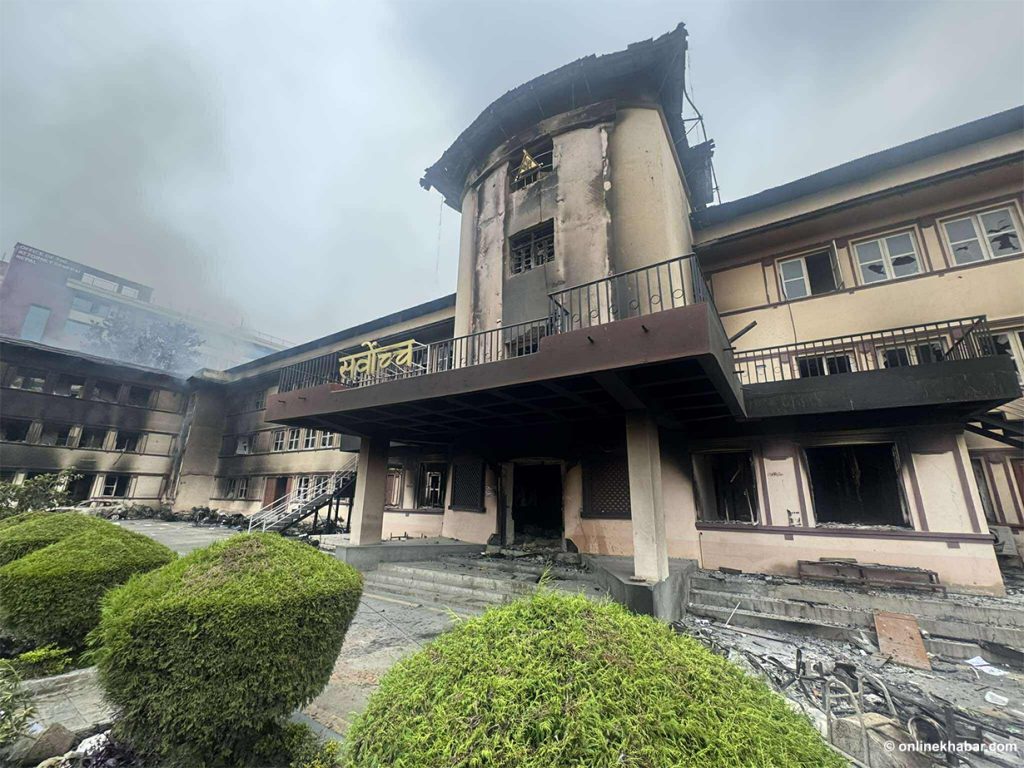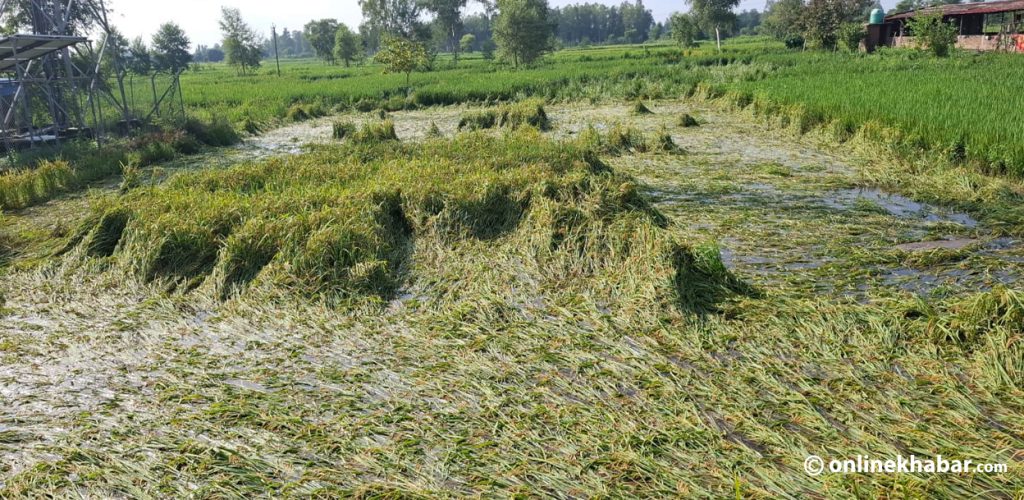
Kathmandu, November 7
This year, Nepal’s agricultural sector has suffered extensive damage due to heavy rains, floods, and landslides. Crops were particularly affected by untimely rainfall during the harvest period.
In particular, the heavy rains and floods during October caused major losses, and additional damage occurred again in November when rain fell during the rice harvest period.
The Ministry of Agriculture and Livestock Development collected data on the damage that occurred in the third week of October and released preliminary figures. According to the data, the rainfall, floods, and landslides during that period alone caused losses amounting to more than Rs 3.55 billion.
The ministry reported that the total loss amounted to Rs 3.55 billion, 87 million, and 54 thousand, mainly in the Koshi, Madhesh, and Bagmati provinces. Although minor damage was recorded in Gandaki and Lumbini provinces, Karnali and Sudurpaschim provinces reported no damage.
According to Januka Pandit, joint secretary and spokesperson of the ministry, letters have been sent to the relevant authorities to collect complete data on the damage that occurred in November.
The rain in the first week of November caused significant losses, particularly to ripening rice and vegetable crops.
In the classification of losses, crop damage alone in October accounted for more than Rs 3 billion. In addition, losses of around 149 million rupees were recorded in livestock, Rs 45.9 million in agricultural infrastructure, and Rs 279.4 million in seeds.
The Madhesh Province suffered the highest damage, totaling Rs 2.98 billion. All districts in the province were affected, with 9,186 hectares of paddy, vegetables, fruits, and sugarcane submerged or eroded. The total crop loss in the province is estimated at 99,833 metric tons.
Similarly, in the Koshi Province, around 1,414 hectares of paddy, vegetables, cardamom, ginger, banana, potato, tea, and millet were damaged, amounting to a loss of Rs 342.4 million. The estimated crop loss in this province is 6,235 metric tons.
In the Bagmati Province, losses of Rs 124.6 million were recorded, with 87 hectares of paddy, maize, vegetables, and millet affected by flooding and erosion. The affected areas include 40 hectares in Nuwakot, 10 hectares in Kavre, and 37 hectares in Sindhuli.
Other provinces experienced relatively minor damage. In Gandaki Province, around 1 hectare of paddy, vegetables, oranges, and bananas was affected. In Lumbini Province, about 3 hectares of paddy were buried under sand or submerged.
According to spokesperson Pandit, the final assessment of the damage caused by the rainfall and floods on October 17 and 18 is in its final stage, while data collection for the November damages is still ongoing.
“The preliminary report shows that the rainfall in the third week of October caused losses worth around 3.55 billion rupees in the agriculture sector. A detailed analysis is underway,” Pandit told Onlinekhabar. “The final report will be published within two to three days.”
She added that the ministry is currently conducting an in-depth analysis of the damage during that period, and the final report will be forwarded to the concerned authorities once it is complete.
However, the ministry has not yet received detailed reports of the damage caused by the rainfall during the rice harvest period in November. Pandit said that the ministry has already communicated with the concerned agencies and is awaiting the results of data collection.
Meanwhile, farmers have been demanding compensation for the losses caused by the untimely rain. However, spokesperson Pandit clarified that the relief and rehabilitation budget does not fall directly under the Ministry of Agriculture.
She explained that disaster-related relief programs are handled by bodies such as the National Disaster Risk Reduction and Management Authority (NDRRMA). The ministry’s role, she said, is to collect accurate data on the damage and forward it to the Office of the Prime Minister and Council of Ministers, the Ministry of Finance, and the disaster management authorities.




